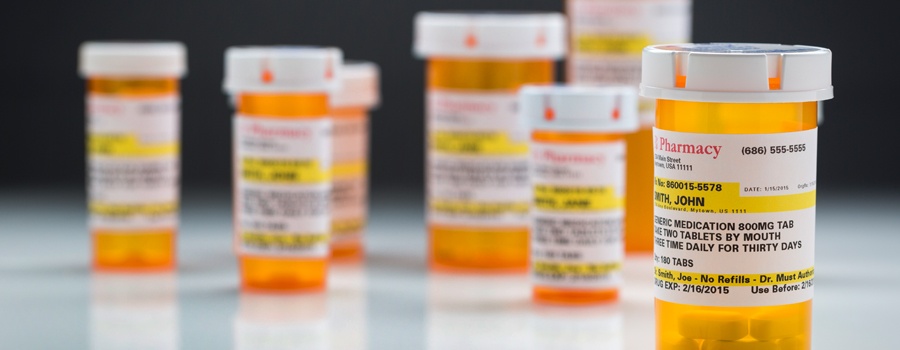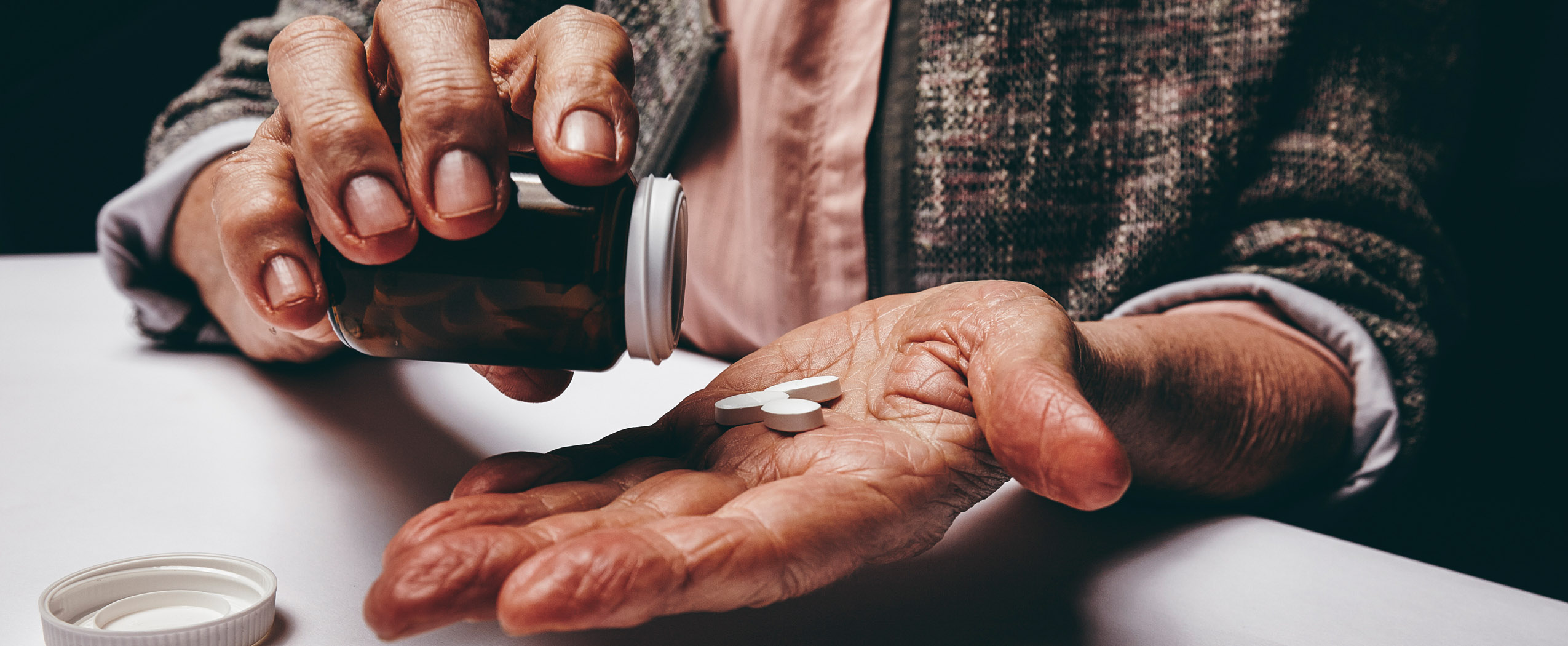Tag: medication
-

Opioid Use Decreased in Medicare Part D While MAT Increased
The nation has been grappling with an opioid crisis for years. In 2017 alone, there were 47,600 opioid-related overdose deaths in the United States. It continues to be a public health emergency. U.S. Department of Health & Human Services Office of the Inspector General has been tracking opioid use in Medicare during this crisis, particularly…
-

Attention Primary Care Providers: Alcohol and Drug Conference is March 19-21
See also: Are You Interested in Becoming a DATA-Waived Physician? Alabama Department of Mental Health has partnered with the Alabama Department of Public Health on a grant to increase awareness of substance use disorders among primary care professionals. This grant will allow ADMH to pay the registration fee only for any of the following to…
-

President Trump Signs Right-to-Try Act
On Wednesday, May 30, 2018, Pres. Donald Trump signed the Right-to-Try Act, which allows terminally ill patients the ability to try drugs in preliminary testing but not-yet-approved by the Food and Drug Administration. The aim is to make it easier for those patients suffering from fatal illness who have exhausted all other resources to access…
-

An Overlooked Epidemic: Older Americans Taking Too Many Unneeded Drugs
Consider it America’s other prescription drug epidemic. For decades, experts have warned that older Americans are taking too many unnecessary drugs, often prescribed by multiple doctors, for dubious or unknown reasons. Researchers estimate that 25 percent of people ages 65 to 69 take at least five prescription drugs to treat chronic conditions, a figure that jumps to nearly…
-

Opioids in Alabama: Where Do We Go From Here?
The numbers are staggering. In 2015 alone opioid-related overdoses accounted for more than 33,000 deaths — nearly as many as traffic fatalities. Today more than 2.5 million adults in the U.S. are struggling with addiction to opioid drugs, including prescription opioids and heroin. According to the Centers for Disease Control and Prevention: About 91 Americans…